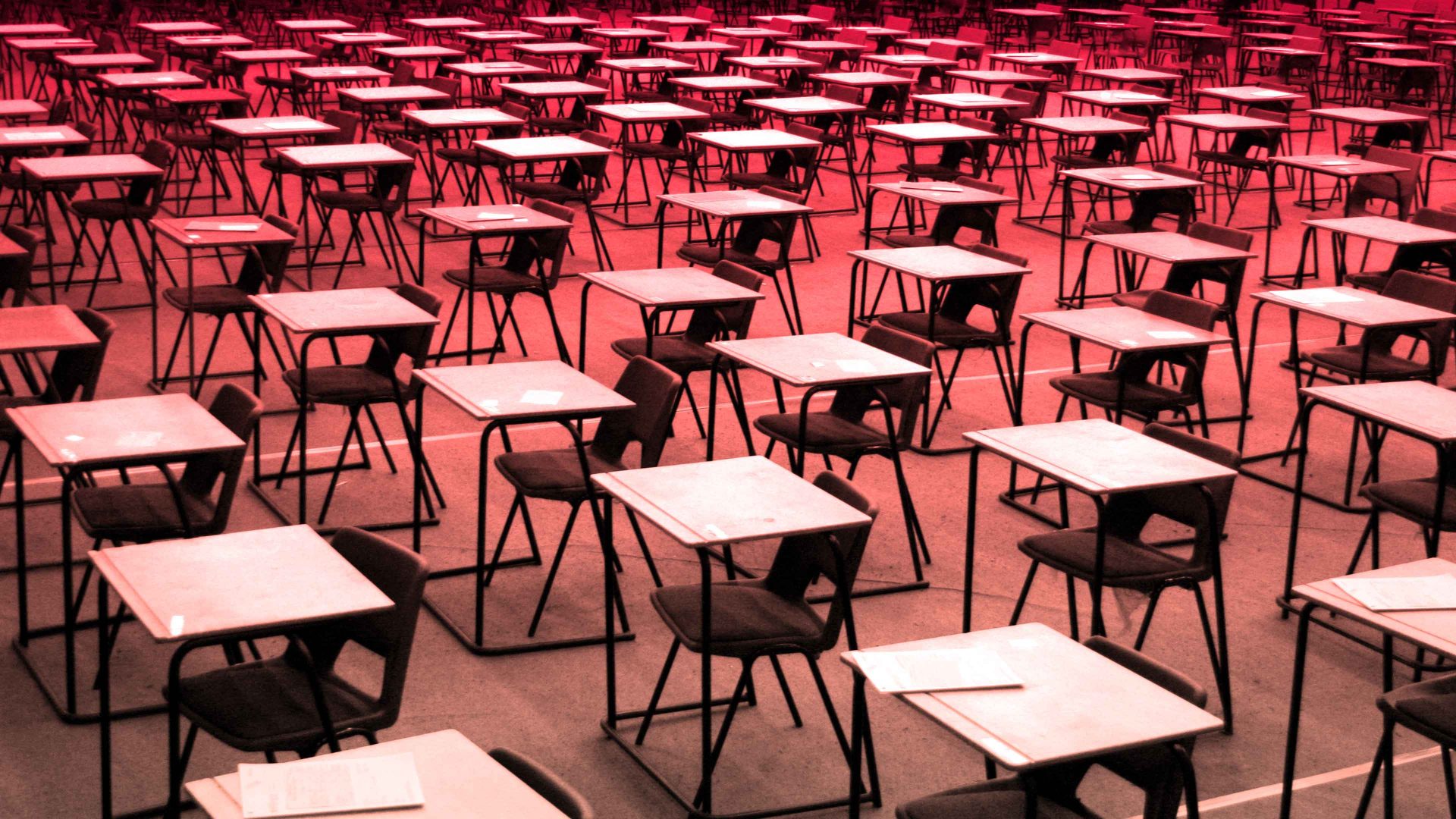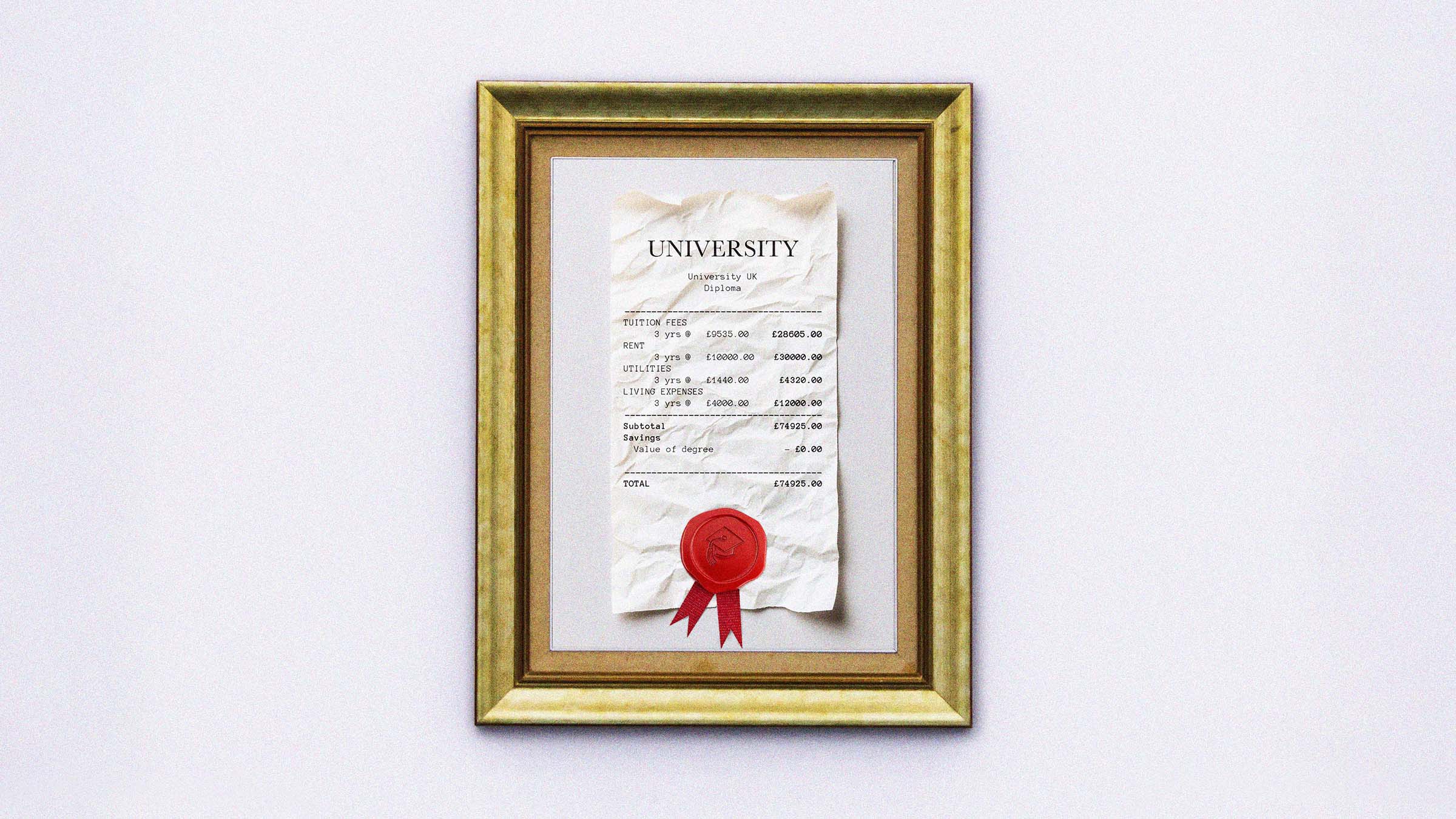1. The notion of using competitive exams to select a social elite is generally credited to Imperial China. The Keju exams, first formalised around the year 600 and held until the early 20th century, were a path through which men of any class could theoretically become high-ranking civil servants. Topics covered included Confucian literature, writing, military strategy and law.
2. The exams were taken at multiple levels (generally local, provincial and national), each of which could last three days and two nights, and were famously tough, with some having a pass rate of under 1%. One man who took his failure particularly hard was Hong Xiuquan, who, having flunked several times, decided he was the brother of Jesus Christ, started a cult and raised an army to overthrow the Qing dynasty. The resulting Taiping Rebellion lasted 14 years and killed between 20 and 30 million people.
3. Oddly enough, it was at roughly the point that the rebellion was busy killing at least one in 20 of the entire population of China that British schools looked at the Keju, thought: “Oh, that looks like a good idea,” and decided to introduce public written exams. For much of history, what examinations there were had been oral; even when the answers started to be written, the questions were at first dictated.
4. In the late 1850s, though, schools began asking universities to run formal written exams as a way of measuring and recording student attainment. So it was that, in December 1858, 370 young men from eight English cities sat the same end-of-school exam, all presided over by the Cambridge professors in full academic dress.
5. Subjects examined in those early years included many familiar from the modern curriculum (English, History, Geography, French, Maths), but also Latin, Greek, Geology, Zoology and Political Economy & English Law. The focus was regurgitation of rote knowledge, with questions like “In what three ways was our Lord tempted in the wilderness?” or demands to draw a map of Austria and mark the major rivers.
6. Girls were first allowed to sit the exams in 1867 – an innovation that surely continues to delight their great great great great granddaughters to this day.
7. There were originally two levels of exams. The junior one, taken by those aged roughly 16, would be replaced by the School Certificate; then by academic O-levels (”ordinary” levels) and the more vocational CSEs (certificates of secondary education); then, from 1988, GCSEs, which are still brightening lives to this day.
Suggested Reading


AI versus the universities
8. The senior exams, taken at 18, would become the Higher School Certificate, then A-levels (”advanced” levels). Those have faced fewer reforms than their junior equivalent – although between 2000 and 2015 the AS-level exams sometimes taken at the end of the first year of study became compulsory, so as to reduce the risk of anyone actually enjoying their time in education.
9. All this, of course, only applies to England, Wales and Northern Ireland. Students in Scotland study for National 5s, Highers and Advanced Highers at roughly the same time- – though this system doesn’t map on exactly as school is a year shorter and university a year longer, because Scotland just has to be different.
10. The arguments for public exams include that they teach students to comprehend and communicate knowledge, and to learn to handle stress; that they provide standardised and comparable measures of achievement; and that they help hold schools accountable.
11. Many educationalists also argue that – as the Chinese state realised centuries ago – they are actually fairer and more meritocratic than other forms of assessment. Evidence for this slightly counterintuitive thesis can perhaps be found in the scandal of A-level results day 2020, when thousands of 18-year-olds were told they’d missed the grades for their university place because an algorithm said that someone like them probably wouldn’t have got the grades anyway.
12. Arguments against the use of public exams include the fact that their growing importance has changed the nature of education, so that lessons are framed not to inspire curiosity or impart knowledge but to maximise scores in tests; that they sometimes confuse rating teaching with rating students; and that they risk crushing both students’ spirit and their thirst for knowledge.
13. Another argument against might be that studies show that between a fifth and half the population report having anxiety dreams about exams far into adult life, and that anything which does that to us surely can’t be good.
14. And then there are questions about whether they actually work. Extremely clever people known to have performed badly on ostensibly relevant exams include Professor Brian Cox (grade D in A-level maths) and Charles Darwin (preferred practical work).
15. Celebrity land owner Jeremy Clarkson got a C and two Us in his A-levels. You probably don’t need to know this, but he’s been reminding the world of the fact every A-level results day since 2014, and thus have little choice in the matter, I’m afraid.
16. All these exams were much harder in my day.
1858: First public exams sat in Britain
1951: First A-levels sat
3: Most common number of A-levels taken in 2024
1988: First GCSEs sat
9: Most common number of GCSEs taken in 2024




